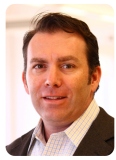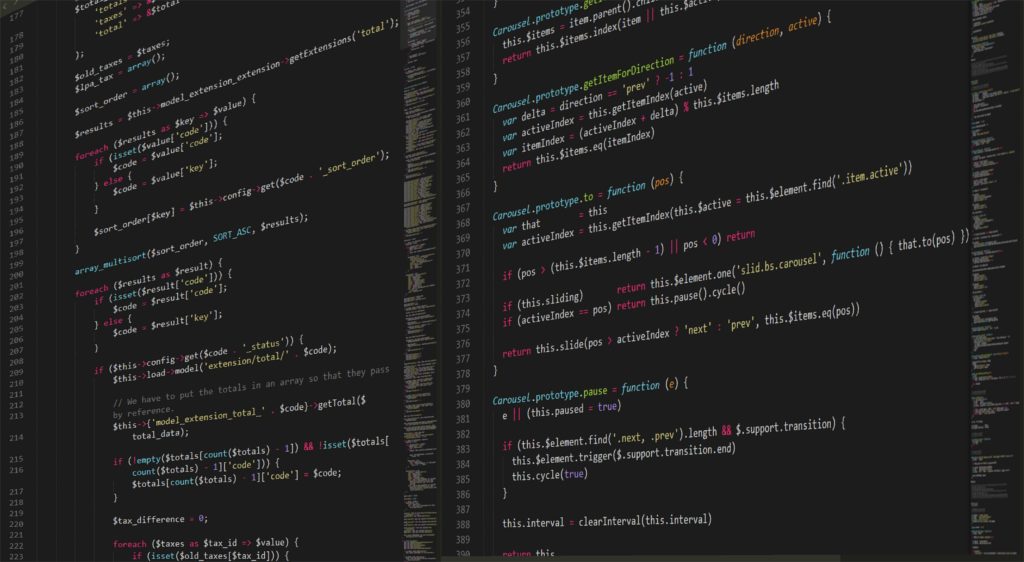 By Denis O’Dwyer, co-founder and CEO, Wide Open Spaces
By Denis O’Dwyer, co-founder and CEO, Wide Open Spaces
When we started Wide Open Spaces in 2012, we knew that this company was moving into new territory online. We were filling a need in an under-served market, giving customers a one-stop shop to buy gear and apparel that they previously had to drive to multiple stores to find. Our goal was to provide an amazing online experience for everyone.
We also wanted to serve a chunk of the population that’s been previously completely overlooked: women who hunt and fish.
Women spend a whopping $5 trillion a year online. And, while urban and suburban men and women enjoy a red carpet experience shopping on community sites like Fab for design, Gilt for fashion, and One Kings Lane for furniture, women in need of a new fishing vest endure a poorly designed, clunky, second-tier community online.
This underscores a larger point: women are often at the core of the so-called ‘forgotten verticals’ that companies ignore. Businesses forfeit sales and new opportunities as a result.
Indeed, a 2011 study [see: http://gaia.adage.com/images/bin/pdf/1114WP.pdf] found that when it comes to social communities and online shopping, women rule the Internet. They use more social features on their mobile devices. They are more engaged online, making them a perfect target to engage on community websites. While many of these female shoppers represent low-hanging fruit, retailers are failing to provide a high-end 2.0 social commerce buying experience.
An Angler Market
Take fishing and hunting. It’s a $90 billion market populated by 37 million sports men and women in the United States. You’d hardly know that online, where sales represent just $2 billion of that market. It’s also a retail area where women’s needs are largely ignored, despite the fact that the fastest growth in the market is among women.
The number of female hunters increased by 5.4 percent in 2009, according to the National Sporting Goods Association. Meantime, 16 percent of all fly-fishers [http://www.nytimes.com/slideshow/2008/06/04/fashion/0605-PHYS_index.html] in the U.S. are women.
Of course, all of these outdoor women are looking for gear—better-fitting vests and jackets, waders that don’t sag and gap, and equipment in sizes, styles and colors better suited for women. Sadly, many women end up raiding their husband’s closets for gear or are forced to buy male-style clothing. When they buy online, they suffer poor purchasing experiences (some call it the ‘AOL circa 1997’ experience).
Both men and women who head online to buy typically rely on a combination of fragmented forums, outdated ecommerce sites and word-of-mouth to find the products and information they need. These platforms lack true social engagement, brand engagement, or a connection to a consumer’s mobile life.
For years, one of our customers, 30-year fishing veteran Barb Arrington, continued to make the long drive to the store to buy her gear because she found industry websites were “slower than Christmas.”
Plenty can be done to improve the experience for underserved consumers and create social communities online for women who may live in one stop light towns, but still expect a commerce 2.0 experience. Start off by combining three basic elements: a social environment that connects these shoppers, a stellar mobile environment so they aren’t tied to an at-home computer to shop, and a well-designed, easy to use commerce experience.
Beyond that, here are a few other ideas to consider, based on what we’ve learned about designing a site that appeals to both men and women.
Loyalty is king. Improve the user experience, and women will respond. Repeat customers—like Barb Arrington—now represent 48 percent of our revenue. Shoppers like Arrington enthusiastically recommend us online, too, so the customer satisfaction continues to spur viral passion among outdoor enthusiasts.
Community cuts costs. The social nature of women in an online community has also helped cut our member acquisition costs by 51 percent and expands our customer base. Now, top hunting and fishing brands now look to us as their gateway for successfully entering this socially connected world.
Share and share some more. We’ve built features into the site that allow shoppers to recommend products to their friends on Facebook and Twitter directly. Now, an increasing number of women are promoting the latest gear that they’ve purchased to give them an advantage out in the field or on the water.
Catering to women is key to unlocking the untapped potential of social commerce in underserved markets. So, if you want to reach them, start thinking about rolling out a red carpet (and an amazing user experience) instead of slowing them down with an online red light.
# # #
Denis O’Dwyer is the co-founder and CEO of Wide Open Spaces, the leading social commerce and content site servicing the hunting and fishing community. Most recently, Denis was the VP of Sales at Clover, an innovative local ad start up based in Mountain View, California. Prior to Clover, Denis was Vice President of Local Sales at Yelp, growing the sales force from 25 to 240 employees, while opening and leading offices in New York City and Scottsdale, Arizona. He has also held senior sales roles at Yahoo!, HotJobs, Unwired Nation and Podcast Ready. Currently he is an investor in and sits on the board at QuickGifts, a local gift card platform based in Austin, Texas. He has an BS in finance from the University of Oregon, and lives in Austin. Denis is a life-long angler with a growing passion for hunting.












